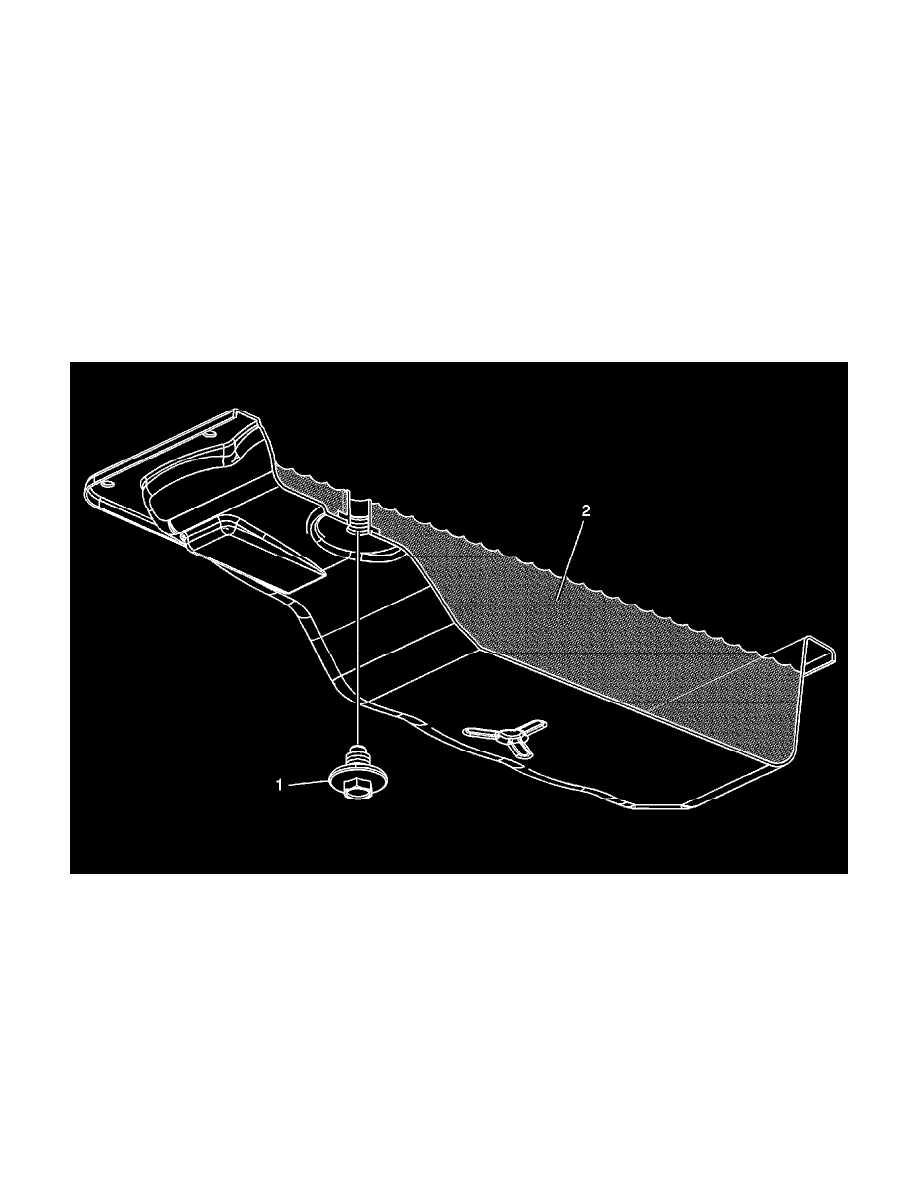Corvette V8-6.2L (2008)

Fluid - A/T: Testing and Inspection
Transmission Fluid Check
This procedure checks both the transmission fluid level, as well as the condition of the fluid itself. Since the transmission on this vehicle is not equipped
with a fill tube and dipstick, a tube in the bottom pan is used to set the fluid level.
Notice: The transmission fluid level must be checked when the transmission fluid temperature (TFT) is between 30-50°C (86-122°F). If the TFT is not
within this range, operate the vehicle or allow the fluid to cool as required. Setting the fluid level with a TFT outside this range will result in either an
under or over-filled transmission. TFT>50°C=under-filled, TFT<30°C=over-filled. An under-filled transmission will cause premature component wear
or damage. An over-filled transmission will cause fluid to discharge out the vent tube, fluid foaming, or pump cavitation.
1. Observe the TFT using the driver information center (DIC) or a scan tool.
2. Start and idle the engine.
3. Depress the brake pedal and move the shift lever through each gear range. Pause for at least 3 seconds in each range. Move the shift lever back to
PARK. Ensure the engine RPM is low (500-800 RPM).
4. Allow the engine to idle for at least 1 minute.
5. Raise the vehicle on a hoist. The vehicle must be level, with the engine running and the shift lever in the PARK range.
Notice: THE ENGINE MUST BE RUNNING when the trans oil level check plug is removed or excessive fluid loss will occur, resulting in an
under-filled condition. An under-filled transmission will cause premature component wear or damage.
Important: Continue to monitor the TFT. If the TFT is not within the specified values, reinstall the trans oil level check plug and repeat
the previous steps.
6. Remove the trans oil level check plug (1) from the transmission fluid pan. Allow any fluid (2) to drain.
*
If the fluid is flowing as a steady stream, wait until the fluid begins to drip.
*
If no fluid comes out, add fluid until fluid drips out. Refer to Transmission Fluid Fill Procedure (See: Transmission and Drivetrain/Automatic
Transmission/Transaxle/Service and Repair/Procedures) .
7. Inspect the fluid color. The fluid should be red or dark brown.
*
If the fluid color is very dark or black and has a burnt odor, inspect the fluid and inside of the bottom pan for excessive metal particles or other
